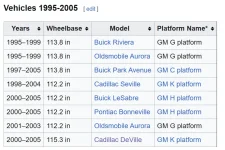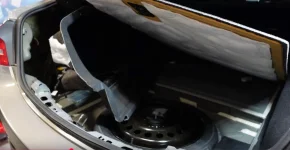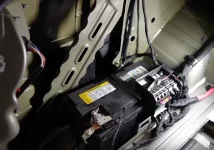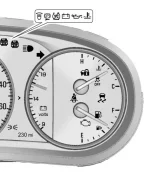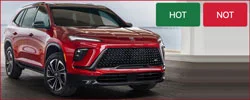Buick customers have traditionally purchased sedans. When Buick stopped selling any sedan in NA, you sort of saw the writing on the wall that GM was going to allow the Buick brand to shrivel up and fade away. Not many of us want cross overs or trucks - we'll just look elsewhere when our Buicks finally reach the end of the road.
in 2005, the last lesabre and park avenue were made
the lesabre was the SEGMENT LEADER FOR .. 14-15 ish years!!
Full size sedans, buick lesabre sold the most and had huge loyalty and the car was available in a modest custom trim up to being priced near good equipped park avenues (the flagship) with features that complimented this from top to bottom depending on how it was equipped
Then... they just decided they were no longer going to make that car, not even use the name anymore. id like to know how that makes sense.
The lucerne was about the size of the park avenue and lesabre (same platform) , unimaginative and boring, but it was fine as a car, and sometimes could look sharp depending on paint and trim but that lucerne isnt what people who bought lesabres would be looking for.
The la crosse was smaller, competent car with the same drab sterile styling, had inferior internal gauges/readouts, but it was finely assembled and had a shifter on column or console optioning so you could at least get a bench seat with it, and had very quiet/adequate build quality that it wouldnt be downgrade there. its suspension was a down grade, but not in a way people who buy passenger cars were often aware/caring of.
The la crosse obviously had a couple generations and then the verano and regal , at least to me, seemed like they came out and competed for the same relative size (but maybe not features/trim?), so more questionable choices, and then of course they just decided to kill sedans at GM because they no longer want to compete, yet again.
Seems this deciding to no longer attempt to compete is a common theme in these "big 3" companies and its getting annoying
I suppose if you declare people just dont want your cars, and then stop selling them, the fact the germans and japanese now sell about ALL the sedans is conveniently supporting the prior statement, but only if you arent able to understand order of events or time.


